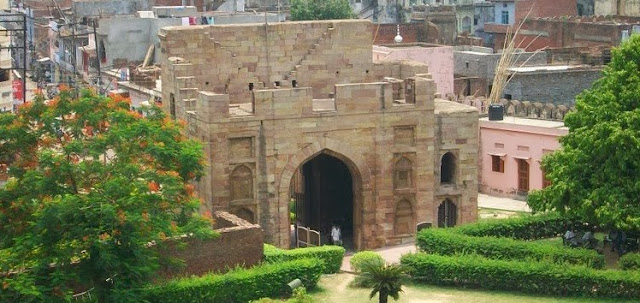At a time when almost every Muslim in India perceive the notion about Jews considering them arch enemy of Islam and Muslims all around the world , a man from Jaunpur district of Uttar Pradesh goes against all odds and invests his whole life in bridging the gap between both communities in India.
 Mohammad Yasin, a 70 year old man who hails from Jaunpur District of Uttar Pradesh spent almost whole life in service of Jews Community in Mumbai by bidding adieu for their last journey in this world. Yasin writes last message of their eternal lives on the graves of Jews in the crematory of the community in their own language. It is to mention that Yasin learned Hebrew language i.e. religious language of Jews community and now he writes the last words in Hebrew, Marathi, Gujarati and Hindi languages on their graves.
Mohammad Yasin, a 70 year old man who hails from Jaunpur District of Uttar Pradesh spent almost whole life in service of Jews Community in Mumbai by bidding adieu for their last journey in this world. Yasin writes last message of their eternal lives on the graves of Jews in the crematory of the community in their own language. It is to mention that Yasin learned Hebrew language i.e. religious language of Jews community and now he writes the last words in Hebrew, Marathi, Gujarati and Hindi languages on their graves.According to BBC Yasin has come to Mumbai before 35 years when he left his hometown Jaunpur and now he is not willing to go back. But instead he aspires and dreams to visit Israel at least once before he dies. “I have never seen Israel before, people say it is beautiful place so I want to visit it once in my life” Yasin states. Adding to his comments in disparity Yasin says that “but it seems there is no hope to get chance to visit Israel”.
Yasin used to engage with same profession even before coming to Mumbai but because of low wage and deteriorating economic situation he left his hometown and came to Mumbai. Here he chooses Jews crematory to work with kicking aside all stereotypes that exist in relation between both communities since long past. Yasin is not only a man who spent his whole life in this work but also trains his next generation for the same profession to work with same community.
It is noteworthy here that India is considered safe haven for Jews and many prefer to live here rather in Israel. In 1948 when Israel came into exist many religious Jews from India left for Israel but many choose to remain here. According to BBC report almost 5000 Jews live in Mumbai only and claim that they have 2000 years history in the city.



























































































.jpg)










